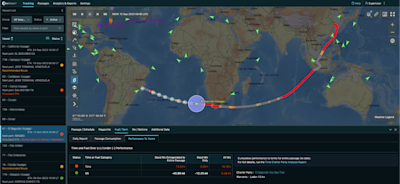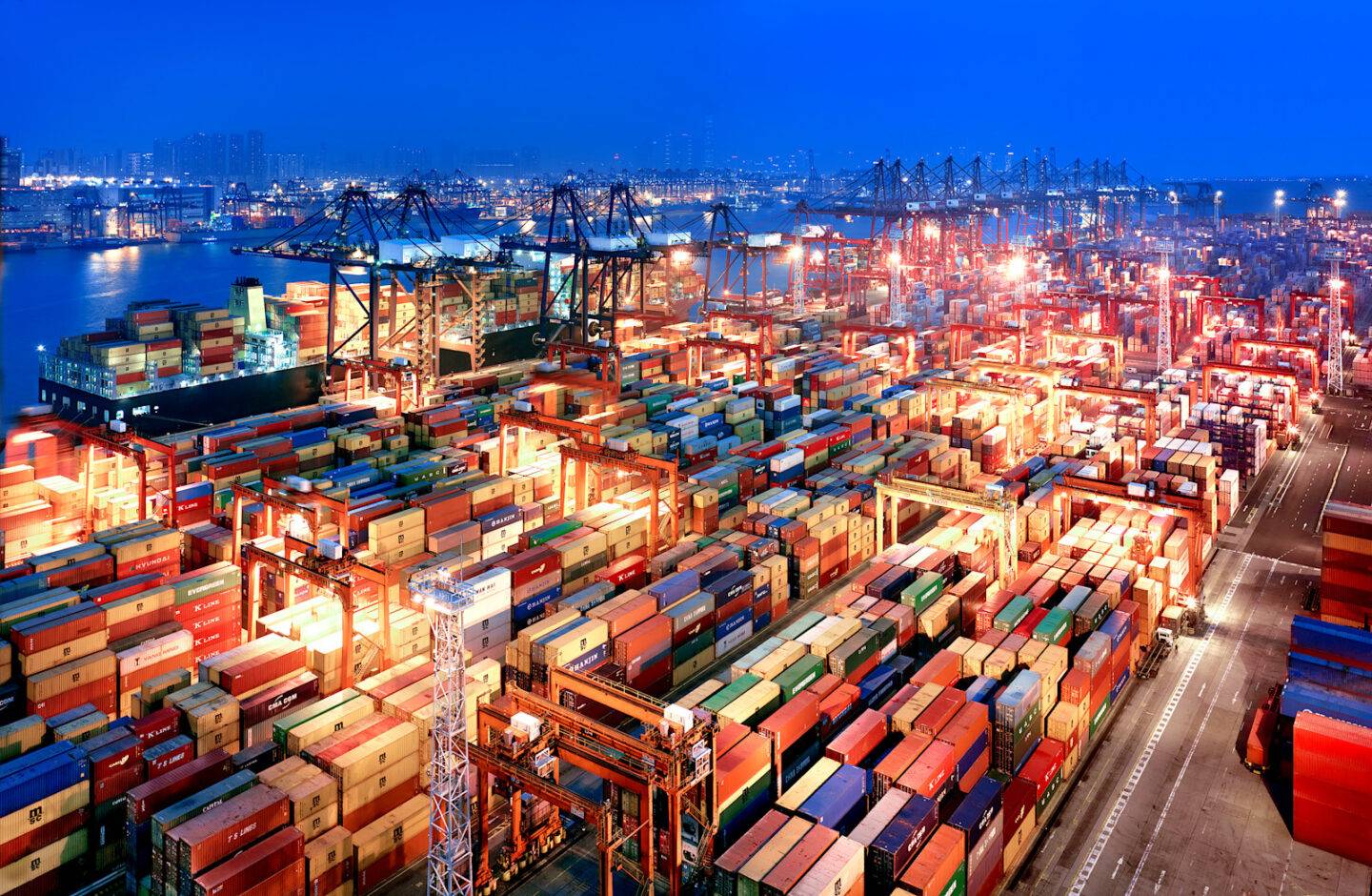The seas of change
The maritime industry presently grapples with the imperative of widespread decarbonisation to attain ambitious emissions reduction objectives. In recent years, pivotal environmental regulations, such as EEXI, CII and the 2020 Sulphur Cap, have emerged, fundamentally altering the maritime operational seascape, with expectations for additional regulations on the horizon. With the latest regulatory addition of the Fit for 55 package in the European Union, shipping companies must navigate market-based mechanisms, potentially purchasing emission allowances and implementing strategies to reduce their emissions. Operational adjustments are necessary, urging the adoption of cleaner technologies and fuel efficiency.
By subjecting shipping to emissions trading, the Fit for 55 package aims to drive innovation, incentivising the development of sustainable technologies and operational practices. Our recent collaboration with The Economist in the Global Maritime Trends 2050 report explores potential trajectories for the maritime industry, highlighting the pivotal role of digitalisation in empowering innovation for a just, equitable transition to a decarbonised maritime sector.
Increased ROI
In response to the evolving regulatory environment, shipping companies are prioritising digitalisation as the foundational step towards developing more sustainable practices to maintain compliance with regulations, while also improving on fleet-wide oversight. These trends are certainly visible in the Greek market, where we have seen an uptick in investment in digital solutions from our clients, both in subcontracting and in in-house development. As an example, four out of five LR OneOcean customers have already commenced adoption of our solutions for effective compliance management – reducing risk, saving seafarers time and ensuring safer, cleaner seas.
Digitalisation is relatively low cost compared to alternative methods of emissions reduction – especially retrofitting, which requires vessels to be taken out of service for the duration of the upgrade. It is also instrumental not only in ensuring compliance with the short-term requirements, but also in pinpointing and implementing changes for emission reduction measures that require significant investment. Additionally, digitalisation brings immediate cost savings by reducing expenses associated with paperwork, manual processes and inefficient operations, contributing directly to efficiency.
Improved fleet operations
Ship performance analysis from digital technologies is crucial for real-time monitoring and optimising fuel efficiency. Ship operators rely on data-driven insights to find ways to reduce fuel usage, directly lowering emissions. This approach enhances day-to-day operations and aids in meeting strict reporting requirements, such as the Carbon Intensity Indicator (CII) under MARPOL Annex VI.
Moreover, a data-driven approach not only centralises operations for ship managers but also empowers shoreside leaders to structure and operationalise data. This ensures that everyone, from onboard leaders to shoreside stakeholders throughout the supply chain, can access the data relevant to them from the same interconnected sources and workflows. Unified access strengthens fleet-wide oversight and improves communication; through centralised digital platforms, ship managers can ensure a seamless flow of information for better decision-making and overall efficiency.

Long-term compliance strategies
Going beyond just following rules, digital solutions can allow ship operators to analyse how their ships are performing, which empowers them to make smart and informed long-term decisions about their fleet.
The data acquired through routine ship performance assessments can prove invaluable for continuous improvement over time. Ship operators can use this data to set goals, track progress and plan smart strategies for cutting emissions. By making improvement a part of everyday work, digital tools don’t just tick the boxes for compliance; they empower shipping companies to find ways to innovate. The smart use of digital solutions can be a push towards a greener, more sustainable future for maritime operations.
Digital solutions for sustainable maritime efficiency
In the maritime sector, where maintaining competitiveness hinges on meeting rigorous operational benchmarks, leveraging vessel performance technology stands out as the most straightforward and cost-effective avenue for immediate improvement. OneOcean Perform is a comprehensive solution, providing insights that transcend individual operations and cater to the holistic needs of the industry. At a higher level, data and digitalisation empower decision-making for strategic investments. The insights provided by LR and OneOcean solutions support industry stakeholders in making informed choices, aligning with the goals outlined in Global Maritime Trends 2050.
The intersection of digitalisation, vessel performance and compliance with decarbonisation requirements is the pathway to a sustainable maritime future. Embracing technology is not just a necessity; it is the key to unlocking a new era of efficiency, transparency and environmental responsibility.
This article was originally written for El Navi Magazine. Special thanks to Marius Suteu, Senior Vice President of Perform at LR OneOcean, for his valuable contributions to this article.
